Local government debt in China has reached crisis point. Some local authorities are unable to borrow money to deliver basic services since they have old debts that they cannot afford to pay
Source: bwchinese.com
China has a total of 41,636 towns and townships, fourth-level administrative units under counties and districts. Collectively, these have outstanding debts of 307 billion yuan, and owe 11.6 billion yuan in guarantees and 46.1 billion in aid payments, according to a report released by the National Audit Office in August 2014. The report also showed that 3,465 town and township governments have debt ratios (the ratio of total debt to total assets) exceeding one hundred percent.
The extent of local government debt has been in the news for some time. On 4 August, Xinhua’s Economic Information Daily 经济参考报 described how this has become a dangerous problem. In visits to ten provinces across China, newspaper reporters discovered not only that the old practice of land-based borrowing is proving unsustainable in a cooled-down economy, but also that some local authorities, who are struggling to repay old outstanding debt, are unable to borrow more in order to deliver basic services. One reporter described hearing the head of an urban district in northern China tell a creditor: ‘There’s no money. Really, no money. If you don’t believe me, check it out with the finance bureau.’
A development zone official in Liaoning province told the newspaper: ‘Because of falling land prices, our financial revenue this year will drop by at least twenty-five percent. And we’re not the worst-off — lots of places are in worse shape than us.’ The newspaper named as an example a new prefecture-level city in southern China that was established just twelve years ago but was already 700 million yuan in debt by last year. One official said: ‘Without any money, we have to sell land, even if the price is low. If the capital chain is broken, and we’re blacklisted by financial institutions, we’ll be even worse off.’
Thanks to stricter lending regulations, loans are difficult to come by even for governments that are in relatively good financial shape. This is not necessarily a bad thing in the context of the ‘bad loan problem’. But it is hard on local governments. As the vice-mayor of a prefecture-level city in Hunan told the newspaper: ‘Bank financing is increasingly hard to get, which forces the government to spend all day searching for additional collateral… . Lots of places are being forced to use intermediary agencies with grimly high interest rates, as high as fifteen percent for short-term bridge financing. The money you get lands in the account minus interest, and the rest goes to repay the old [loans].’
To deliver services, officials revealed, county, city and district governments are levying fees, collecting excessive taxes and performing other financial trickery.
There’s no easy solution in sight.


